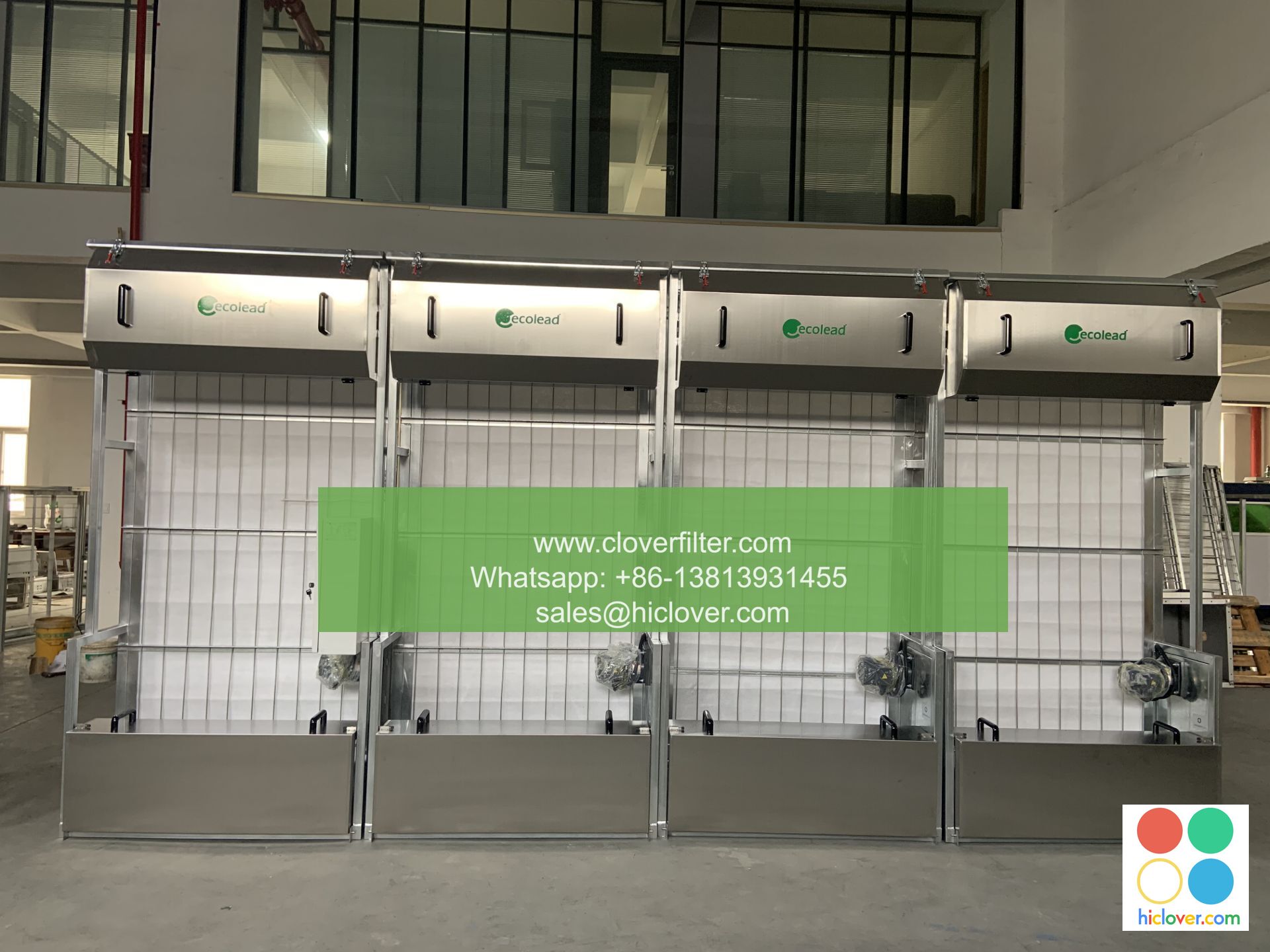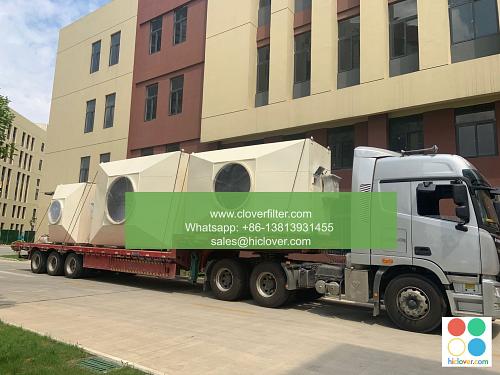Edmonton Hospital’s Quest for Energy Efficiency: The Role of Automatic Roll Air Filters

Edmonton Hospital, a leading healthcare facility in Canada, has embarked on a mission to reduce its carbon footprint and energy consumption. As part of its sustainability initiative, the hospital has turned its attention to its heating, ventilation, and air conditioning (HVAC) systems, which account for a significant portion of its energy usage. One innovative solution that has caught the hospital’s attention is the use of automatic roll air filters. In this article, we will delve into the world of automatic roll air filters and explore their role in Edmonton Hospital’s quest for energy efficiency.
Traditional air filters have been a staple in HVAC systems for decades, but they have several drawbacks. They can be cumbersome to replace, often requiring specialized labor and equipment, and can harbor bacteria, mold, and other microorganisms that can compromise indoor air quality. Automatic roll air filters, on the other hand, offer a game-changing solution. These filters use a rolling media that automatically advances to a new, clean section as the old section becomes dirty, eliminating the need for manual replacement. This not only reduces maintenance costs but also ensures that the air flowing through the hospital’s ventilation system is consistently clean and fresh.
One of the primary benefits of automatic roll air filters is their ability to improve indoor air quality. By continuously providing a clean air supply, these filters help to prevent the spread of airborne pathogens, which is particularly important in healthcare settings where patients may have compromised immune systems. Additionally, automatic roll air filters can help to reduce the risk of hospital-acquired infections, which are a major concern for healthcare facilities. By maintaining optimal indoor air quality, Edmonton Hospital can provide a safer and healthier environment for its patients, visitors, and staff.
Another significant advantage of automatic roll air filters is their energy efficiency. Traditional air filters can become clogged and dirty over time, which can increase the energy required to heat and cool the air. Automatic roll air filters, on the other hand, ensure that the air flowing through the system is consistently clean, which reduces the energy required to condition the air. This can result in significant energy savings, particularly in large facilities like Edmonton Hospital. By reducing its energy consumption, the hospital can lower its utility bills and minimize its impact on the environment.
Edmonton Hospital’s decision to install automatic roll air filters is also driven by the need to comply with increasingly stringent regulations and standards. The hospital must adhere to strict guidelines set by regulatory bodies, such as the American Society of Heating, Refrigerating, and Air-Conditioning Engineers (ASHRAE) and the Canadian Standards Association (CSA). Automatic roll air filters can help the hospital meet these requirements by providing a reliable and efficient means of maintaining optimal indoor air quality and reducing energy consumption.
In conclusion, Edmonton Hospital’s adoption of automatic roll air filters is a significant step towards achieving its energy efficiency goals. By improving indoor air quality, reducing energy consumption, and complying with regulatory requirements, these filters are playing a vital role in the hospital’s sustainability initiative. As the hospital continues to explore innovative solutions to reduce its environmental footprint, the use of automatic roll air filters is likely to remain a key component of its strategy.
Conclusion: Edmonton Hospital’s quest for energy efficiency is a multifaceted initiative that requires the adoption of innovative solutions and technologies. The use of automatic roll air filters is a prime example of the hospital’s commitment to reducing its environmental impact while maintaining optimal indoor air quality. By embracing this technology, the hospital can provide a safer, healthier, and more sustainable environment for its patients, visitors, and staff.
FAQs
Q: What are automatic roll air filters, and how do they work?
A: Automatic roll air filters use a rolling media that automatically advances to a new, clean section as the old section becomes dirty, eliminating the need for manual replacement.
Q: What are the benefits of using automatic roll air filters in healthcare settings?
A: The benefits of using automatic roll air filters in healthcare settings include improved indoor air quality, reduced risk of hospital-acquired infections, and energy efficiency.
Q: Can automatic roll air filters help healthcare facilities comply with regulatory requirements?
A: Yes, automatic roll air filters can help healthcare facilities comply with regulatory requirements set by bodies such as ASHRAE and CSA by providing a reliable and efficient means of maintaining optimal indoor air quality and reducing energy consumption.
Q: Are automatic roll air filters more expensive than traditional air filters?
A: While the initial cost of automatic roll air filters may be higher than traditional air filters, they can provide long-term cost savings through reduced maintenance and energy consumption.

